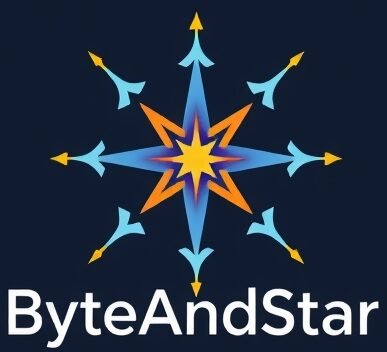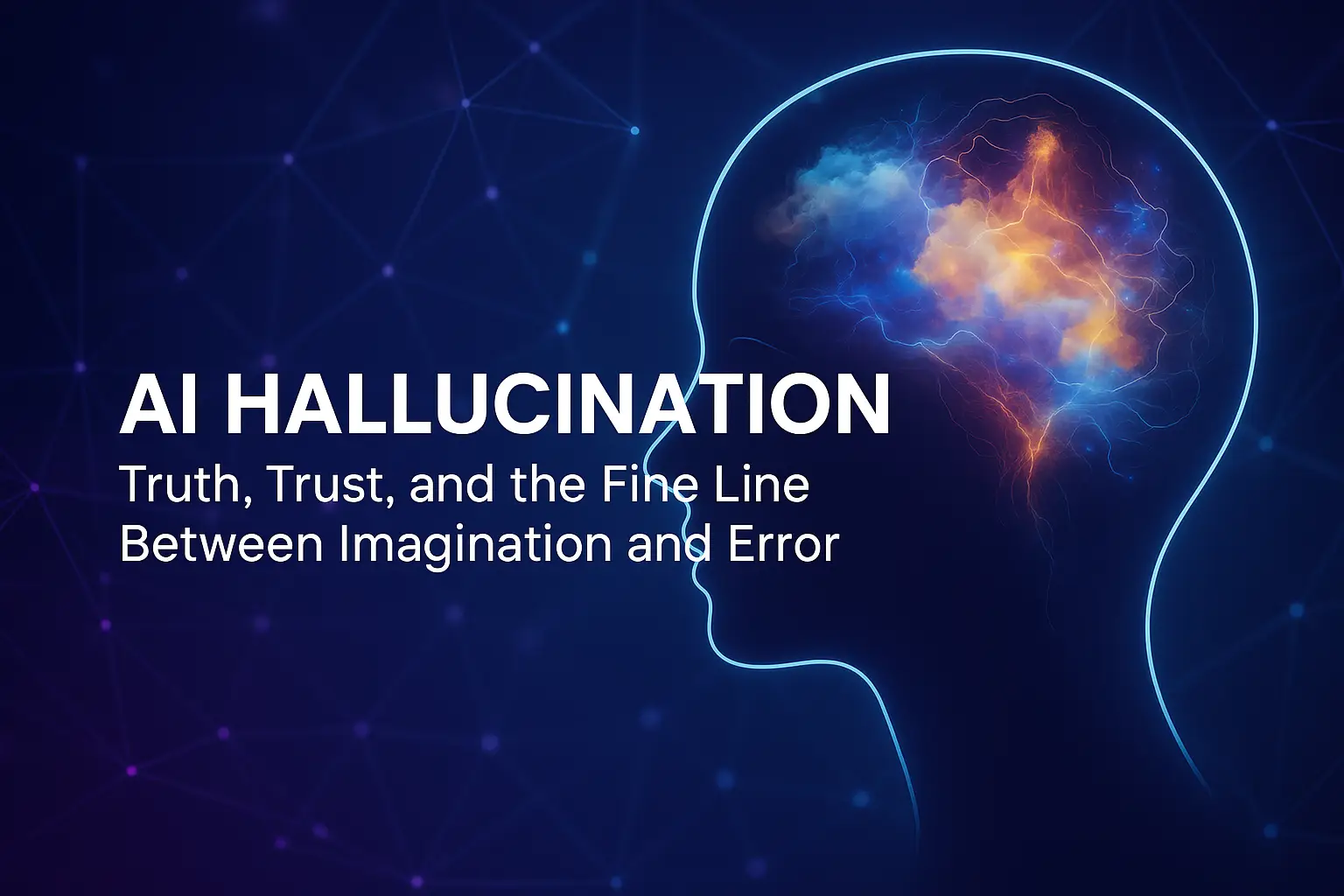🌍 Setting the Stage: When Machines Dream Wrong
Imagine this:
A lawyer walks into a New York courtroom, confident with a case brief drafted by an advanced AI tool. The arguments seem well-written, persuasive, and backed with dozens of legal precedents. But as the judge scans the document, shock sets in—none of the cited cases exist. They were fabrications, spun out of thin air by a machine.
This isn’t science fiction. In 2023, two lawyers were fined for relying on ChatGPT to prepare legal filings that included phantom court cases. The incident sparked global debate on the risks of AI hallucination—a phenomenon where artificial intelligence generates convincing but false, misleading, or nonsensical information. Read full news
From healthcare chatbots recommending nonexistent treatments to students citing fabricated academic papers, hallucinations are not just embarrassing glitches. They pose serious ethical, social, and professional challenges. And yet, some argue they may also hold creative potential.
So, is AI hallucination a flaw to fix—or a feature we should embrace? Let’s explore.
🧠 Nature of Hallucinations (Technical Insight)
To understand hallucination, we must first peek under the hood of large language models (LLMs) like ChatGPT, Gemini, and Claude.
Unlike humans, AI doesn’t “know” truth. It predicts the most likely sequence of words based on its training data. This process, called probabilistic prediction, means the AI may prioritize fluency over factual accuracy.
Three main factors fuel hallucinations:
Stochastic sampling: AI sometimes “guesses” words to appear creative.
Data gaps & biases: If the model hasn’t seen enough real-world examples, it improvises.
Alignment trade-offs: AI trained to be polite, helpful, and creative may generate confident, but fabricated answers.
💡 Example: Ask an AI for research papers on a niche topic, and it may invent authors, journals, and page numbers that look real but don’t exist.
⚖️ Accountability in High-Stakes Domains
The danger escalates when hallucinations seep into high-stakes industries like healthcare, finance, or law.
Law: The New York lawyer fined for fake citations showed how hallucinations can erode trust in justice systems.
Healthcare: Imagine a chatbot prescribing a medication that doesn’t exist. A hallucination here isn’t harmless—it could be fatal.
Finance: AI-generated reports with false market predictions could mislead investors and destabilize trust.
The ethical dilemma: Who should be held accountable?
The developers, for building imperfect systems?
The users, for not verifying AI outputs?
Or the AI itself, even though it lacks agency?
Accountability in the age of AI hallucination is a grey legal frontier still being debated worldwide.
📚 Knowledge Integrity & Education
Education—a sector quick to embrace AI—faces its own hallucination storm.
Students now use AI for homework, research, and essays. But when a model fabricates citations, it creates phantom knowledge. Over time, these errors can corrode academic integrity and distort the knowledge ecosystem itself.
Educators are responding with a new approach:
Teaching AI literacy, where students learn to verify outputs.
Encouraging fact-checking as part of every assignment.
Using AI responsibly as a learning aid, not a source of unquestioned truth.
📌 Expert insight: AI hallucination in education isn’t just a glitch—it’s a wake-up call to rebuild critical thinking skills in the digital age.
📰 Hallucination & Misinformation Ecosystems
We already live in an era of “fake news.” AI hallucinations could supercharge misinformation.
Consider this:
An AI tool generates a detailed—but entirely false—news report about an election scandal. It spreads online before journalists can debunk it. By the time the truth emerges, the damage is done.
AI hallucination doesn’t just mislead individuals—it can amplify global disinformation campaigns. Governments and platforms are scrambling to contain this by:
Labeling AI-generated content.
Enforcing stricter content moderation.
Developing hallucination detection tools.
⚠️ Without safeguards, hallucinations risk becoming the fuel that drives the next misinformation crisis.
🎨 Hallucination as Creative Spark
Not all hallucinations are bad. In fact, some artists and designers see them as creative gifts.
Take digital artist Refik Anadol, who uses “machine hallucinations” to create immersive art installations. By embracing AI’s errors, he transforms them into imaginative landscapes that push the boundaries of art.
Similarly, writers experiment with AI hallucinations to spark new storylines, poetry, and unexpected creative twists.
🎭 The takeaway: In domains like art and music, hallucination isn’t a flaw—it’s machine imagination.
🔒 Bias, Culture & Ethical Boundaries
AI hallucinations often carry hidden cultural and ethical pitfalls.
For example:
AI trained primarily on Western datasets may misrepresent minority histories or cultural traditions.
Hallucinations may reinforce harmful stereotypes when improvising answers about gender, race, or religion.
This isn’t just technical error—it’s a form of digital cultural appropriation. When AI “hallucinates” culture without consent, it risks erasing or distorting lived realities.
Ethical AI demands transparency, inclusivity, and cultural sensitivity—not blind reliance on flawed systems.
🤝 Human-AI Collaboration & Guardrails
If hallucinations are inevitable, how do we live with them?
The answer lies in human-AI collaboration. AI should be seen not as an oracle of truth, but as a partner in exploration—one that requires oversight.
Promising solutions include:
Retrieval-Augmented Generation (RAG): AI cross-checks outputs against reliable databases.
Fact-verification layers: Systems that flag low-confidence answers.
Human-in-the-loop frameworks: Humans remain the ultimate decision-makers in high-stakes use cases.
🔑 Insight: The goal isn’t to eliminate hallucinations entirely, but to build guardrails that minimize harm while allowing space for creativity.
✅ Potential Upsides of AI Hallucination
Sparks creativity & inspiration in art, writing, and design.
Encourages critical thinking by reminding us to question AI.
Pushes innovation in detection and correction technologies.
⚠️ Persistent Challenges
Risk of misinformation in healthcare, law, and politics.
Legal grey zones for accountability.
Loss of public trust in AI systems.
🔮 Future Outlook: Where Do We Go from Here?
Looking ahead, the conversation around AI hallucination will shape the future of human-AI coexistence.
Regulations on High-Risk AI: The EU AI Act and the U.S. AI Bill of Rights are early steps toward regulating hallucination risks.
Technical Solutions: Improved grounding through RAG, hallucination metrics, and fact-checking layers.
Philosophical Questions: Should AI always be bound to truth, or is there room for AI imagination?
Human-AI Fact-Checking Collectives: Communities where humans collaborate with AI to validate information in real-time.
The balance between truth and imagination will define whether AI hallucinations are remembered as catastrophic failures—or stepping stones toward a richer digital future.
✨ Final Thought: The Fine Line Between Error and Imagination
AI hallucinations reveal the paradox at the heart of artificial intelligence: a tool designed to simulate knowledge can sometimes fabricate reality.
Yes, they can mislead, misinform, and cause harm. But they can also inspire art, creativity, and new ways of thinking. The challenge lies not in eliminating hallucinations altogether, but in learning how to navigate them responsibly.
As AI becomes woven into law, healthcare, media, and education, our collective responsibility is clear:
Develop smarter guardrails.
Educate users.
Hold creators accountable.
And most importantly, never forget the human role in checking machine “truth.”
Because in the end, the ethics of AI hallucination isn’t just about machines—it’s about how we choose to trust, question, and collaborate with them.
FAQ?
AI hallucination happens when artificial intelligence generates false, misleading, or fabricated information with confidence, even though it appears real.
AI systems predict words based on probability, not truth. Data gaps, biases, and training limitations cause them to “invent” information.
Yes. In high-stakes fields like healthcare, law, or finance, hallucinations can spread misinformation, create legal risks, or even harm lives.
In creative fields like art, design, or storytelling, hallucinations can spark imagination and inspire new ideas.
Developers use methods like Retrieval-Augmented Generation (RAG), fact-checking systems, and human oversight to limit false outputs.
Accountability is still debated. Developers, users, and regulators all play a role in ensuring AI systems are used responsibly.

